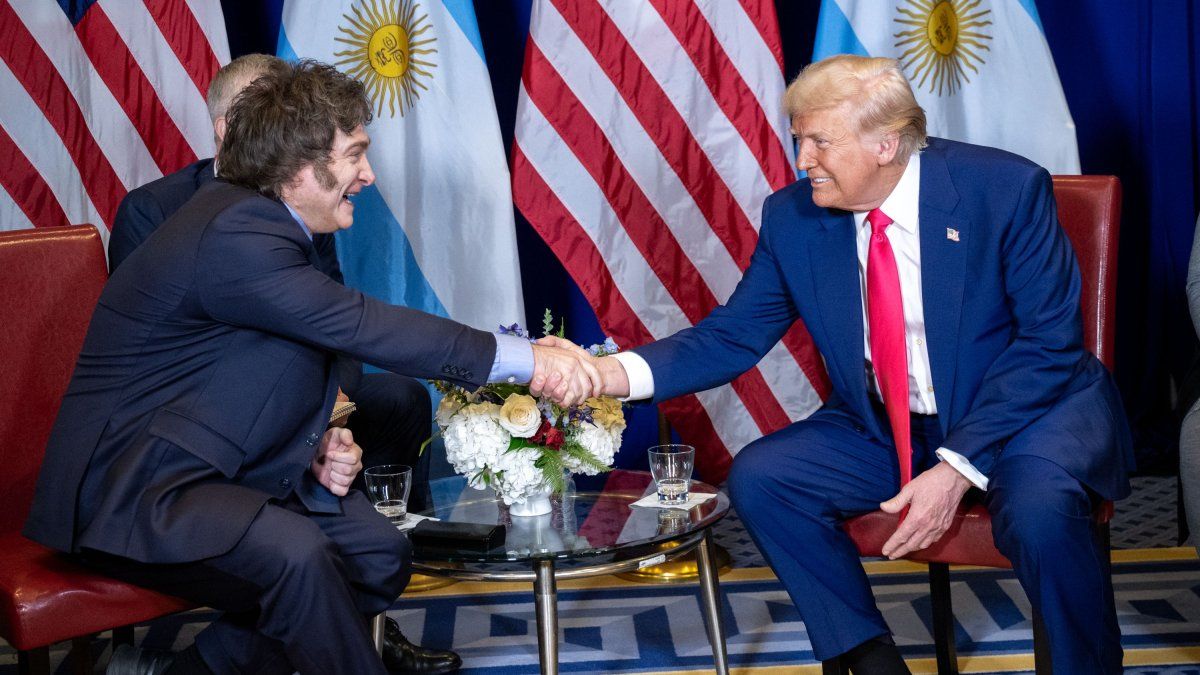Since President Alberto Fernández announced the submission to Congress of a new disability law, we began a process, which is currently in the public hearing stage.
“Nothing about us without us” A phrase coined by the group of people with disabilities, reminds us that a policy cannot be decided without the full and direct participation of the members of the group affected by said policy.
For this reason, instances of dialogue and plural and federal exchanges were generated, active until the end of May, with multimodal participation that guarantees diverse contributions and accessibility. Participation in the preparation of a bill that will be submitted to the Legislative Power is the first major difference with the law that currently exists.
Disability employment work.jpg
It also tries to consolidate a legal framework that recognizes human, civil and political rights. This other difference with the current law seeks to challenge society as a whole by improving and eliminating barriers, the worst of which is attitudinal. According to the latest INADI report, the greatest reason for discrimination recorded in the complaints was disability, with 20.2%.
The thematic axes in which contributions are being made are: education, work, health, social protection, accessibility, political participation, autonomous and independent life. In all the axes there are currently barriers for people with disabilities to develop an autonomous life with social participation.
The model from which people with disabilities are approached is different in the current law and in the new proposal. The current law considers the person with disability from a rehabilitative, assistance, medical, paternalistic perspective, where the condition defines it and the person is treated only as a subject of care with a passive social role.
The new disability law seeks a change towards the social model of disability, with an approach that places people with disabilities first as people, as active subjects of life in society in all its spheres. I dwell on the problem of access to work. If 8 out of 10 people with disabilities are unemployed, it has to do not only with the current unemployment rate in our country, but also with the barriers that prevent access to work.
disability.jpg

Michael DM
The current law establishes an initial job quota of 4% in State agencies, which in the last pre-pandemic estimate was close to 1%. At the beginning of this year, the creation and promotion of a professional profile in the field of human resources areas of the National Public Administration bodies was decided.
The role (RIDEL), will have the function of ensuring the planning, management and strengthening of processes leading to the labor inclusion of people with disabilities.
It should break down barriers with universal design, accessibility, reasonable adjustments and necessary support to ensure the inclusion and professional development of people with disabilities. There is also talk of a quota in the private sector. The great generators of genuine employment are the SMEs, which are waiting for long-term tax changes, necessary to improve their idle capacity, grow and be able to employ.
Another barrier to employment is the non-contributory pension. It is a great responsibility for a person with a disability to resign his pension to take a job that he does not know if he will sustain it over time.
The entire social fabric is responsible for improving the barriers of the environment, a bill that comes to resume pending conversations that make the social participation of people with disabilities effective.
Gaverector of an SME and adviser to SMEs in promoting diversity, labor inclusion and well-being. Instagram: @anahi_tagliani
Source: Ambito




